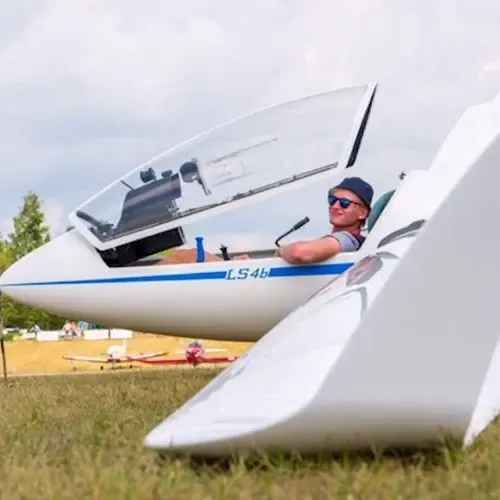Matthias Arnold | Welcome to the Team

⏳ Flight hours: 2500
🍕 Favourite in-flight snack: Banana
😌 Glider of your dreams: Ventus 3
🌎 Dream gliding destination: New Zealand
Matthias Arnold is no unknown in the gliding world. He's been one of the most consistent pilots in the last ten years when optimizing for the maximum possible distance on a given day.
Ten years ago, Matthias and I were juniors picking up cross-country soaring. Matthias was roughly two years ahead in his development and had already done some fantastic flights when I did my first longer flights. Back then, I learned a lot from analyzing his flights.
Two distinct things have fascinated me about his flying style. First, he consistently makes the right decision about where to go next to maximize the six-leg distance. Second, in good weather conditions, few pilots worldwide can fly faster. When everyone is averaging three-meter climbs, he'll pick up four-meter climbs every 50 kilometers and uses these climbs to gain 700 meters or more. Since the start of WeGlide Badges, Matthias has been one of only nine people to win three or more days on WeGlide. In addition, he still holds the scoring record in Namibia with his flight of 1433 km in a Ventus 2cxM 18m he set in December 2016.
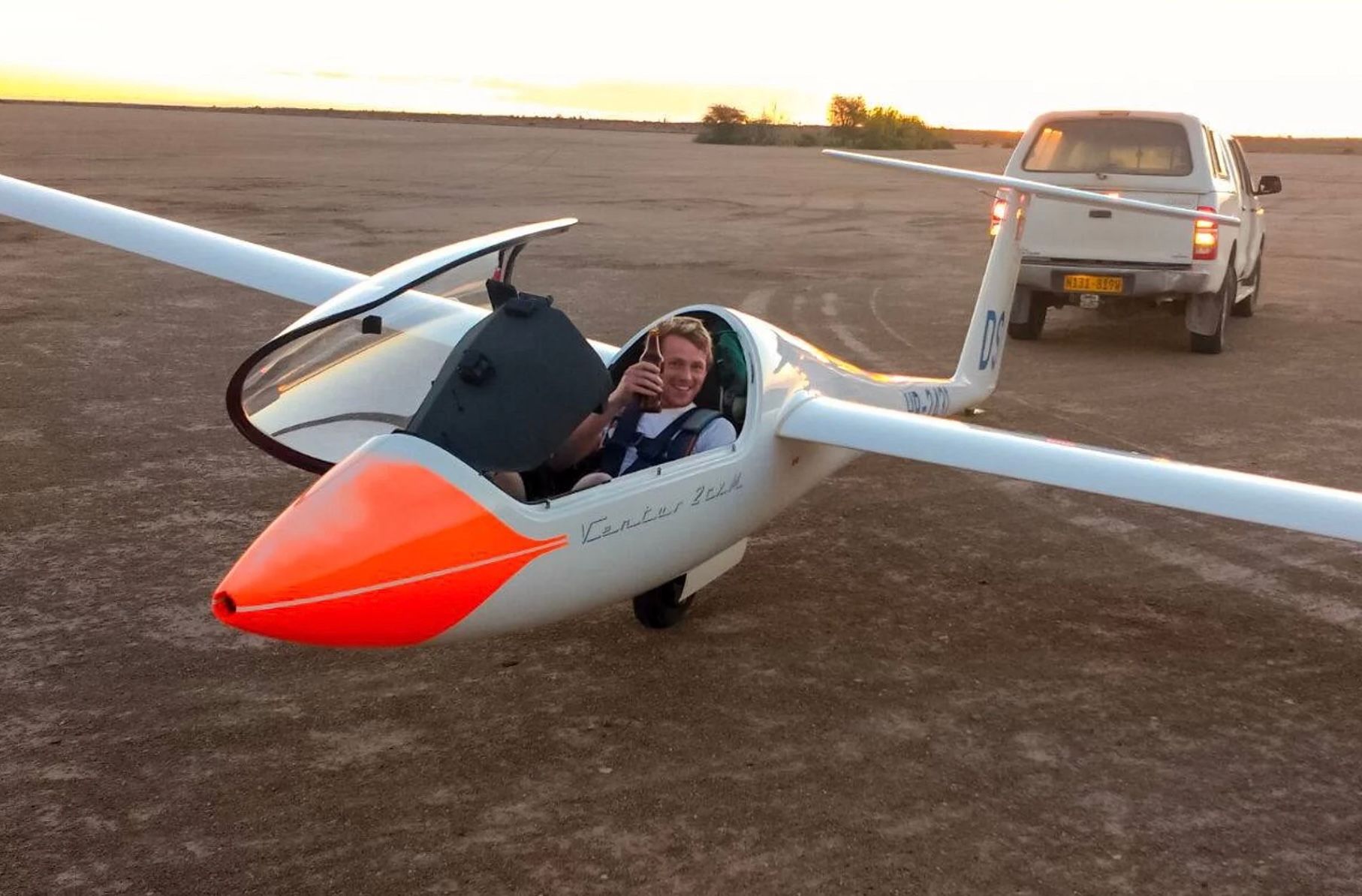
Matthias is joining the WeGlide team as an author, and we are very excited about the expertise he'll bring to the team. He'll publish a biweekly series Debriefing with Matze, in which he uncovers the untold stories behind exceptional pilots and flights. For a start, we will change sides and introduce him with a small interview.
Matthias, it's great to have you on board. Where are you located at the moment?
Thank you! I'm looking forward to being a part of the WeGlide team! Since April, I have lived in Zürich, Switzerland.
You have almost flown 100 hours this season. What do you do for a living?
During the corona crisis, I was a train driver in Frankfurt, Germany, and could spend a lot of time in gliders.
I recently re-changed my profession. Currently, I do my type rating for the Airbus A320 and will work as an airline pilot afterward, which was also the reason for moving to Zürich, Switzerland again. I am very happy to have found a lovely airline to fly for.
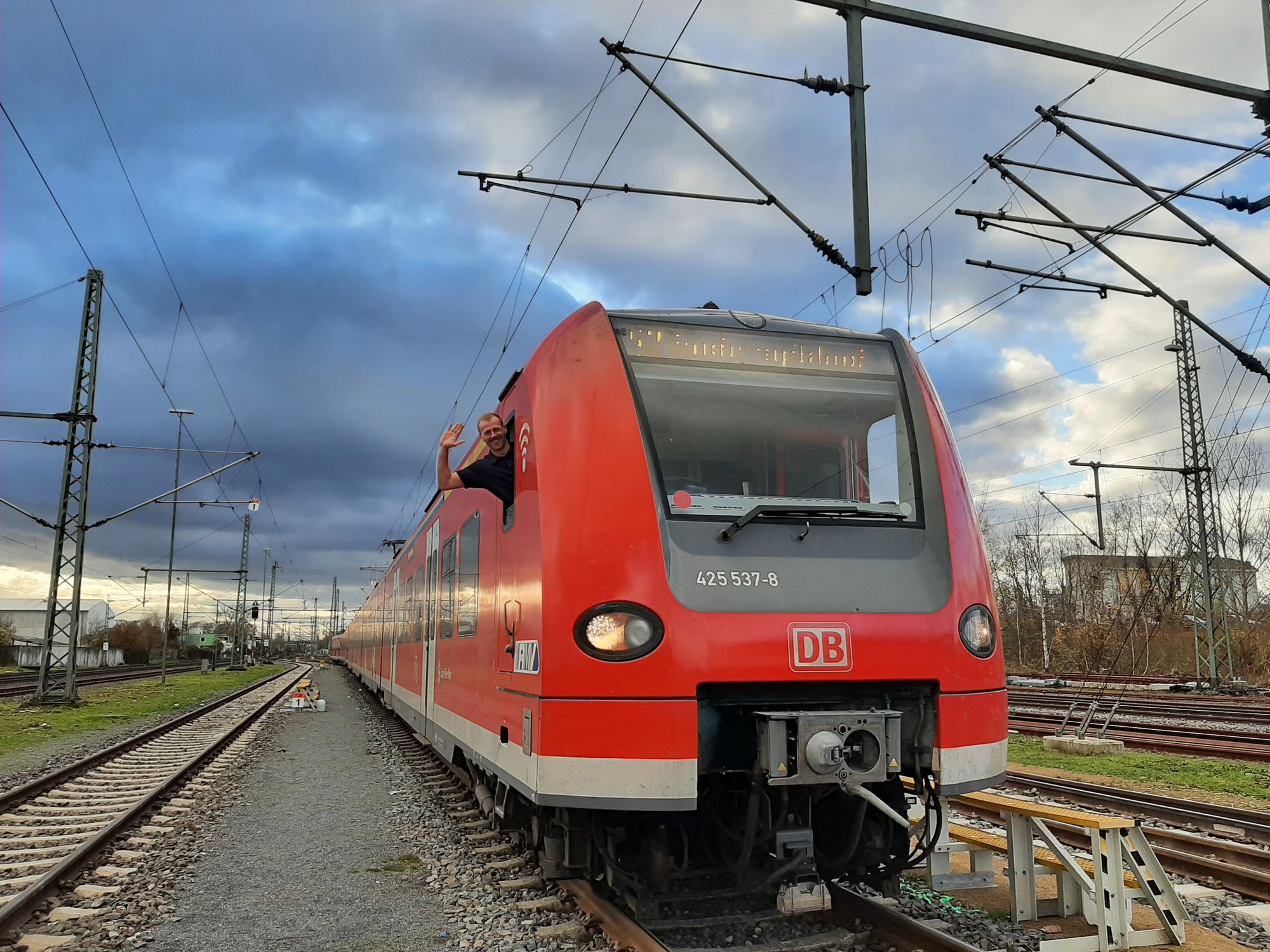
How do you manage to find the time to fly?
Every morning while drinking the first coffee of the day, I analyze the weather situation. Based on this evaluation, I organize my plan for the coming days and try to find matching times between good gliding weather and free days.
Tell us about your club, LSV Weinheim, and the gliders you can fly.
My club members are the most essential part of successful flights. I can hardly remember one day when I could not get airborne because of missing help. Because five out of seven possible good days per week are not on weekends, finding a tow pilot is sometimes tricky. But they try to do their best! Often a shift of the lunch break or rescheduling meetings at work is required to get me airborne at the right moment. I am very grateful for their effort!
Besides that, I spend lots of time at the airfield without flying. Being at the airfield in the evening, drinking a cold beer while watching the sunset with my friends, and having a good time is at least as beautiful as landing after 1000 kilometers. I often fly with our club Discus 2c. I like this glider's performance, although one lever is missing on the left-hand side. Such a glider without flaps is a good compromise for every club member. In the last few years, I have spent more and more flights in our Duo Discus while training other club members.
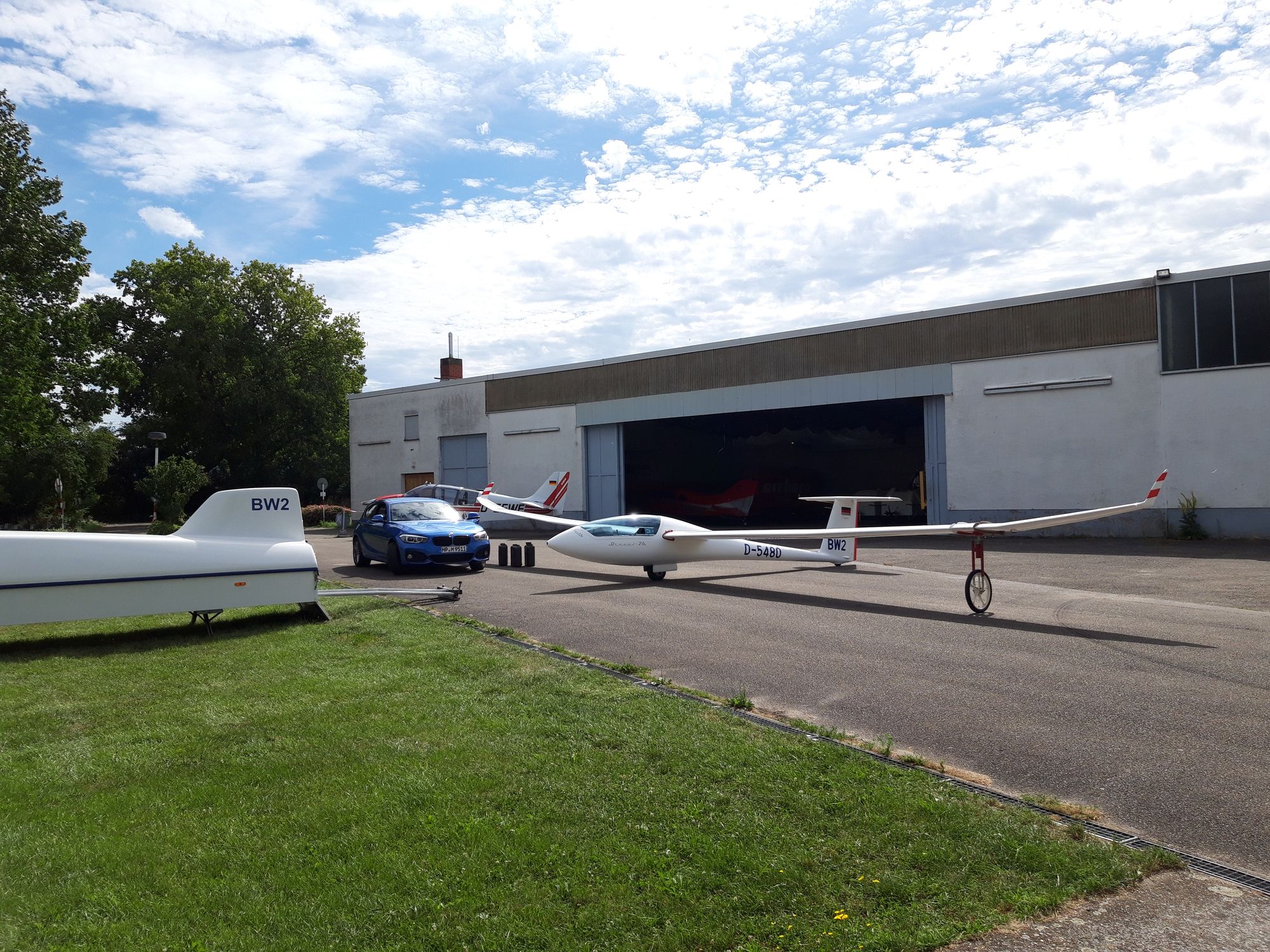
You have flown so many different gliders. Which one has fascinated you the most?
I had the opportunity to fly the EB 28 in Bitterwasser for some days. I enjoyed this plane while I felt like a bus driver. I liked managing the flight path of this massive glider while the endless wings nicely showed where the lift was. My favorite glider is the Ventus 3. I spent about 100 hours in this glider, but it took no more than one flight to feel comfortable. This glider perfectly compromises flying comfort, agility, glide ratio, and size. But to be honest- some weeks ago, I took a seat in our Club Astir CS after some years and had a great time. The most crucial point for me is to be in the air. What kind of plane is around me has second priority.
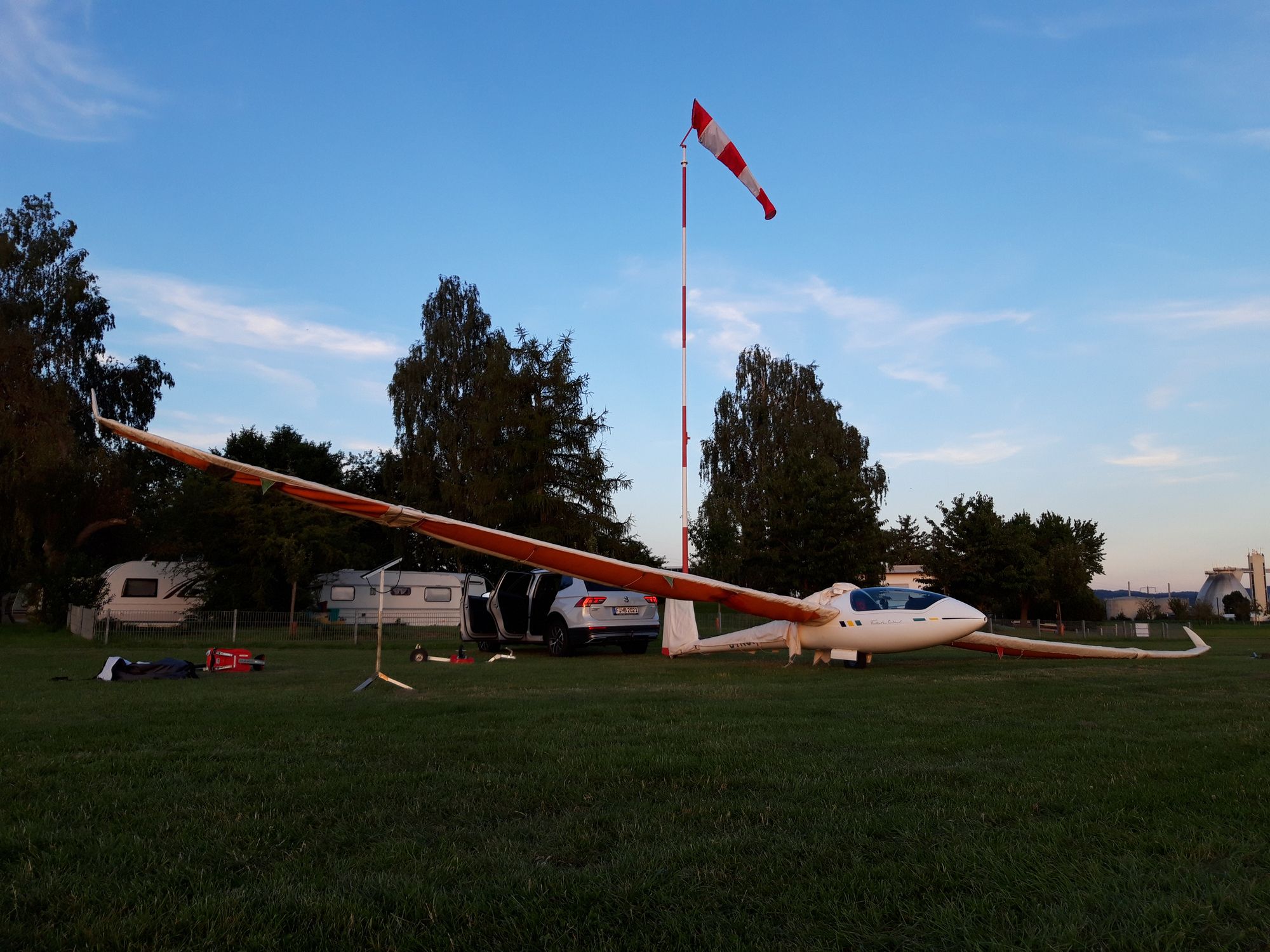
How did you get into gliding and cross-country soaring?
In 2010, a social platform called SchülerVZ was popular at my school. One day I saw a profile picture of a boy sitting in a glider. Until then, I was sure that flying was a sport only wealthy people could do. But as we were in a regular non-private school, I started to rethink that opinion. As a fourteen-year-old, I gathered my courage and asked the older boy about the picture. He soon recognized my interest in flying and invited me to the airfield. After one flight, I was convinced this would be my new passion.
I remember a day during my first summer at the airfield. Two club members returned late for landing, and I asked them what they had done the last seven hours. They told me about their flight to Thüringerwald, which is located about 200 kilometers away from our airfield. At first, I was sure that I had misunderstood something. From that day on, I started to inform myself about cross-country flying. Two days after I got my license, an Instructor asked me if I was interested in a flight in our Duo Discus. Of course, I was! After 500 Kilometers, we landed in Weinheim, and I knew that this was what I wanted to do.
In the beginning, I made some assumptions about your flying style. How would you describe it yourself?
The most important thing about my flying style is knowing about different regions in different weather situations. Based on that knowledge, I have good situational awareness and can adapt my flying style to different parts of a flight. I have found a good compromise between optimizing my speed and staying airborne. Some years ago, I consistently pushed too much and found myself several times low, far away from the airport. Especially when you do very long flights, up to twelve hours, it is essential to manage your mental resources. Continually evaluating the weather situation and the ability to switch from one tactic to another quickly is the road to success.
Already ten years ago, you were flying at a very high level. What parts of your flying have you improved since then?
I learned to allow myself to make mistakes while flying.
Besides the ability to switch tactics, I learned to allow myself to make mistakes while flying. I do not talk about safety-relevant mistakes but mistakes regarding, for example, the selection of clouds or different flight routes. When I started cross-country flying, I often was too hard on myself when I chose not the best solution.
Now I recognize that it is impossible to fly for twelve hours without making tactical mistakes. I need to debrief every flight and ask myself if my decision was reasonable based on the environmental information given in a situation. For example, imagine a day with a very short lifetime of Cumulus clouds. You can choose between two identical-looking clouds, decide on one, and the cloud starts to fall apart while approaching it. This is not a mistake. On the same day, selecting a big cloud while a small one is next to it could be a mistake you could avoid with the information given in the situation.
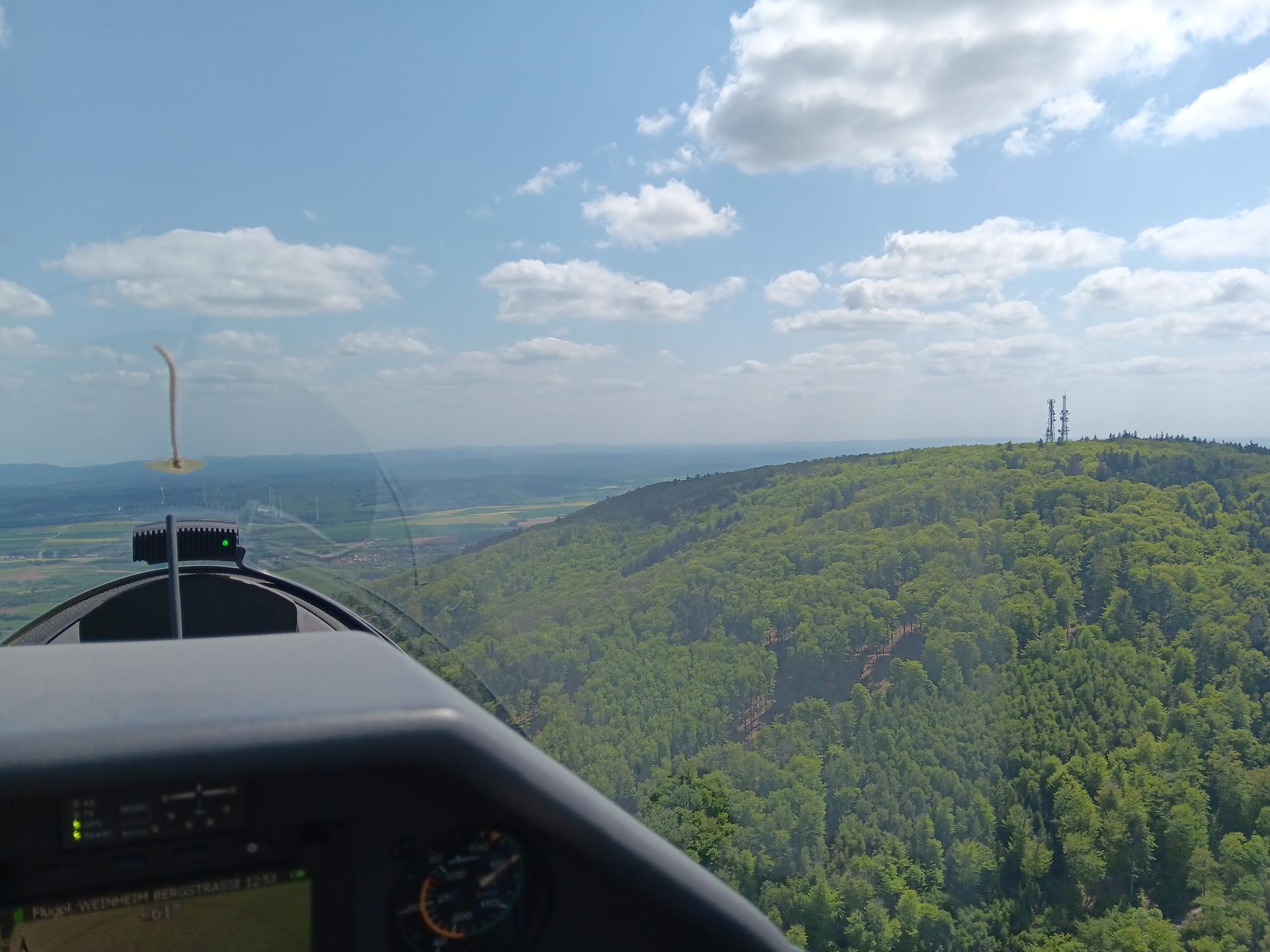
What kind of conditions do you think fit your flying style the most?
Postfrontal days with significant wind. There are often areas of overdevelopment where you must be careful and others where the sky is burning. Especially when flying against the wind, you must be focused and ready to change your tactic.
What do you think is the area where you can improve the most?
I often catch myself being low and still looking at the clouds while searching for thermals. Of course, the best indicator for thermals is cumulus clouds, but when you are below a certain height, you should check the surfaces for thermal triggers.
We don't see you competing in central competitions. Why is that?
Some years ago, I flew in competitions and had a great time. I learned a lot. What I did not like about competitions was flying relatively small tasks on big days. I love to spend as much time as possible in a glider trying to achieve the maximum distance. To push my glider through nice thermals during the final glide hurts my glider heart. Besides that, it was a rational decision based on the money I had to spend on competitions. The option to invest the money into tows for big cross-country flights fits better for me.
Will it change in the future?
Maybe in some years. For now, I am happy with my decision.
Weinheim is located in the Rhine Valley. Not the perfect locations for long-distance flights?
I think every region has its advantages and disadvantages. On warm days we are often not able to take off early. The surrounding mountains are not high enough to reach out of the inversion. On those days, we often wait for the thermals to begin while watching the live tracking. But there are other days. Days with fresh and cold airmass fit perfectly for our region. In this case, big mountains do not give an advantage. Our region has many fields that allow us to fly with a very low cloud base without disregarding the safety margin.
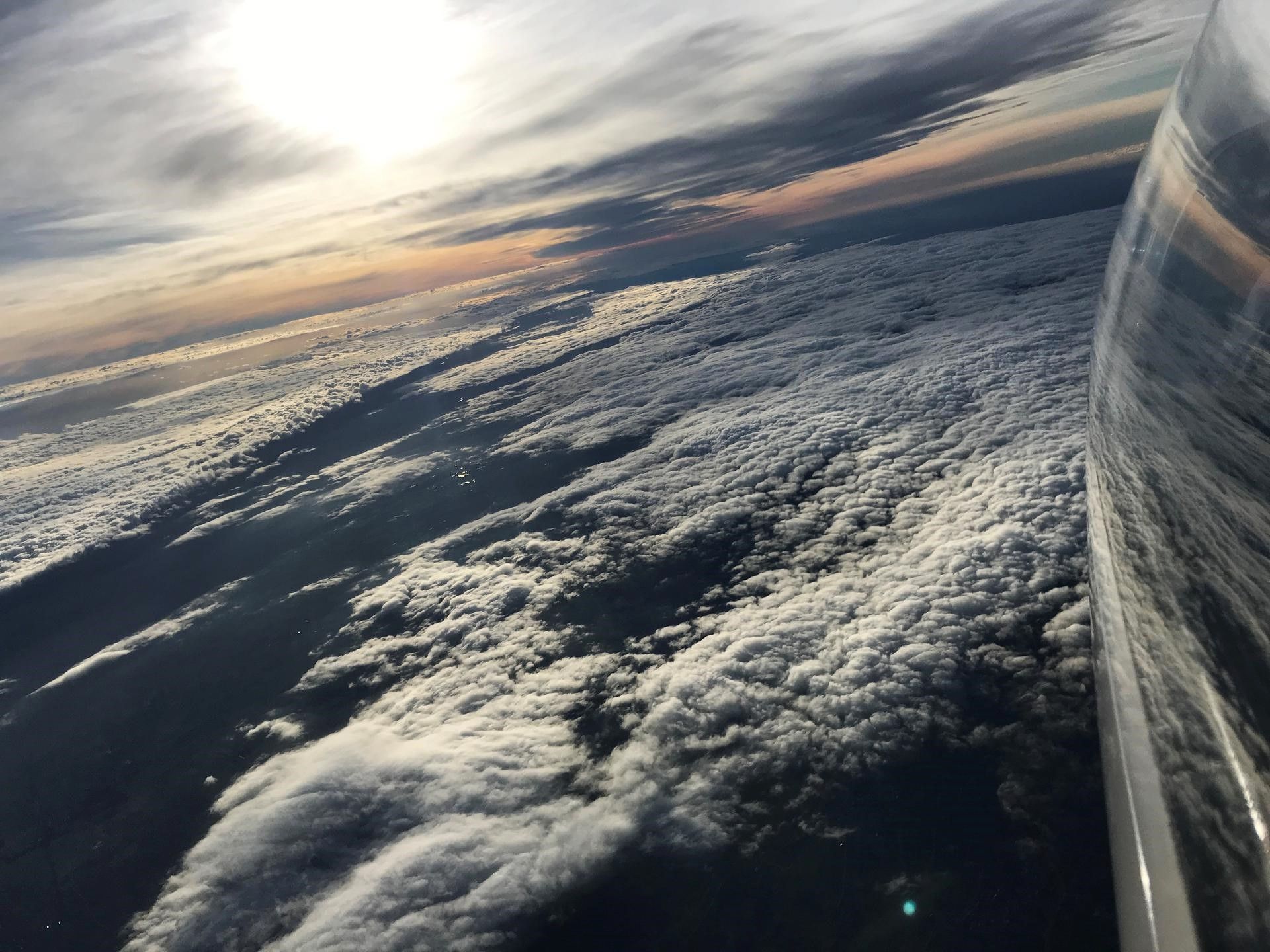
Can you name one pilot you only know from WeGlide and whose flights/flying style you admire?
I like the flights of Baptiste Innocent. They are big, fast, and often creative. What I love about his flights is that he shares his impressions in his story. The pictures are amazing!
What is your motivation for joining the WeGlide team?
During the last few years, I have spent much time analyzing flights online. WeGlide found a nice balance between a statistical and entertaining presentation of flights. I could use the platform to improve my flying and be entertained in the evening on the couch. I liked that the team had an open ear for possible improvements and feedback.
Your article series, Debriefing with Matze, will focus on special flights and pilots. Can you tell us some more about the idea behind that?
There are two aspects I want to focus on in the series. One is an analysis of a particular flight. With the tools given by WeGlide, every user can already analyze a flight in detail. But there are some aspects a tool can not show. Impressions, information about the decision-making process, and challenges a pilot has to face during a flight are some aspects an interview can show. Besides that, I want to focus on the person behind the flights.
Matthias, thanks for taking the time. I'm looking forward to your articles.
Thank you for the opportunity to be a part of the WeGlide team! But from now on: "Matze".
If you want to get all articles from Matthias directly to your mail inbox, you can signup in your profile:
